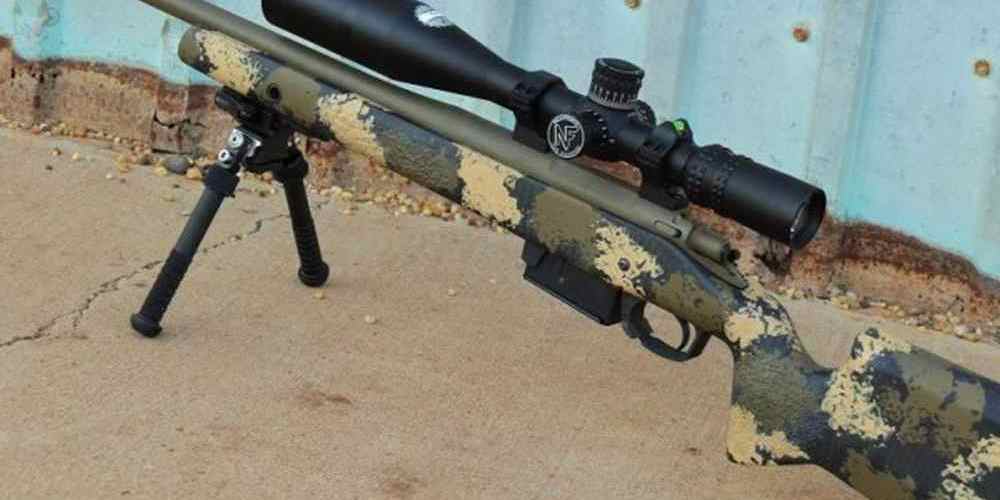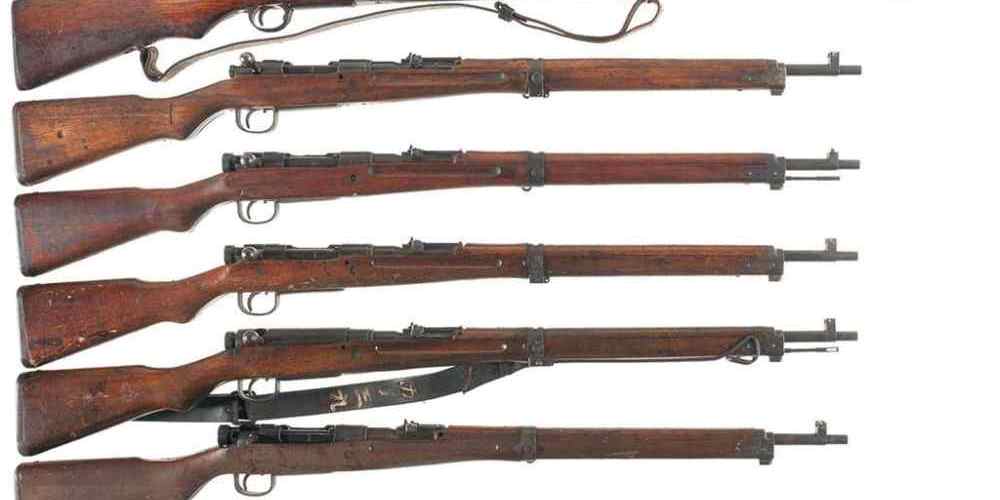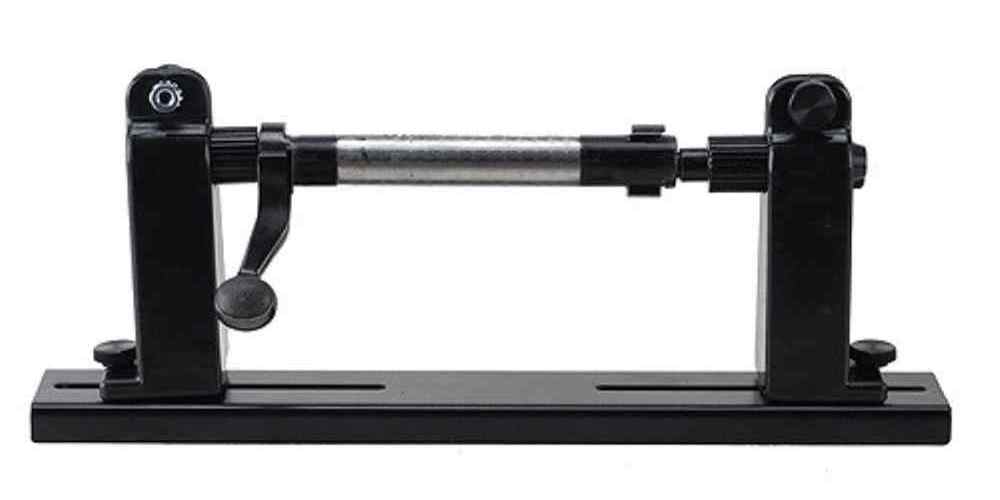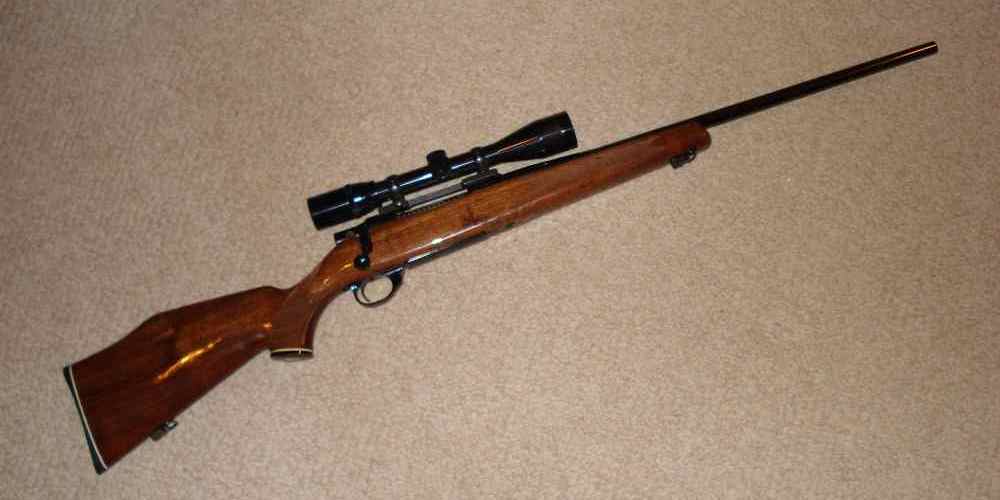“Zero Compromise, Maximum Accuracy: Ensuring Every Shot Counts with High-Quality Rifle Bolts.”
Understanding the Role of High-Quality Bolts in Rifle Accuracy
Precision Performance: The Importance of Bolt Quality in Rifles
In the world of marksmanship and rifle performance, the quest for accuracy is unending. Shooters and manufacturers alike strive for the tightest groupings and the most reliable performance. While many factors contribute to a rifle’s accuracy, one component that often doesn’t get the spotlight it deserves is the bolt. The quality of a rifle’s bolt is paramount in achieving precision performance, and understanding its role can help shooters make informed decisions about their equipment.
The bolt is the heart of a bolt-action rifle’s operation. It is responsible for feeding cartridges into the chamber, locking into place for firing, and then extracting and ejecting spent casings. This seemingly simple sequence of actions is critical to the rifle’s overall performance. A high-quality bolt ensures that each round is seated consistently and that the lockup is tight and secure. This consistency is the cornerstone of precision, as even the slightest variation can lead to significant deviations downrange.
Moreover, the construction of the bolt itself is a testament to engineering precision. Typically machined from high-grade steel, bolts must be manufactured to exacting tolerances. The bolt’s headspace, which is the distance between the face of the bolt and the base of the cartridge when fully seated, must be precise. If the headspace is too great, it can lead to misfires or excessive pressure on the cartridge case, potentially causing it to rupture. Conversely, too little headspace can prevent the bolt from closing properly, leading to feeding and extraction issues.
The bolt’s lugs, which lock into the receiver when the bolt is closed, are also critical. They must be evenly machined and provide a uniform distribution of force when the rifle is fired. This uniformity ensures that the bolt does not shift or warp under the immense pressures of firing, maintaining the rifle’s accuracy over time. Additionally, the smooth operation of the bolt affects the shooter’s ability to cycle rounds quickly and efficiently, which is especially important in competitive shooting or hunting scenarios where rapid follow-up shots may be necessary.
Another aspect of bolt quality is the finish and treatment of its components. A well-crafted bolt will often have a smooth, low-friction surface that allows it to glide effortlessly within the receiver. This smoothness not only enhances the shooter’s experience but also reduces wear on both the bolt and the receiver, prolonging the life of the rifle.
Furthermore, the precision with which the bolt interfaces with other components, such as the trigger mechanism and the barrel, cannot be overstated. A high-quality bolt will have a consistent and predictable release, contributing to a crisp trigger pull and, ultimately, a more accurate shot. The alignment of the bolt with the barrel is equally important, as any misalignment can cause variations in bullet trajectory.
In conclusion, the bolt is more than just a moving part in a rifle; it is a critical component that demands attention to detail and quality craftsmanship. Shooters who recognize the importance of bolt quality are often rewarded with superior accuracy and reliability. Whether you are a competitive shooter, a hunter, or simply a firearms enthusiast, investing in a rifle with a high-quality bolt is an investment in precision performance. By understanding the role that the bolt plays in rifle accuracy, one can appreciate the meticulous craftsmanship that goes into creating a firearm capable of meeting the highest standards of precision shooting.
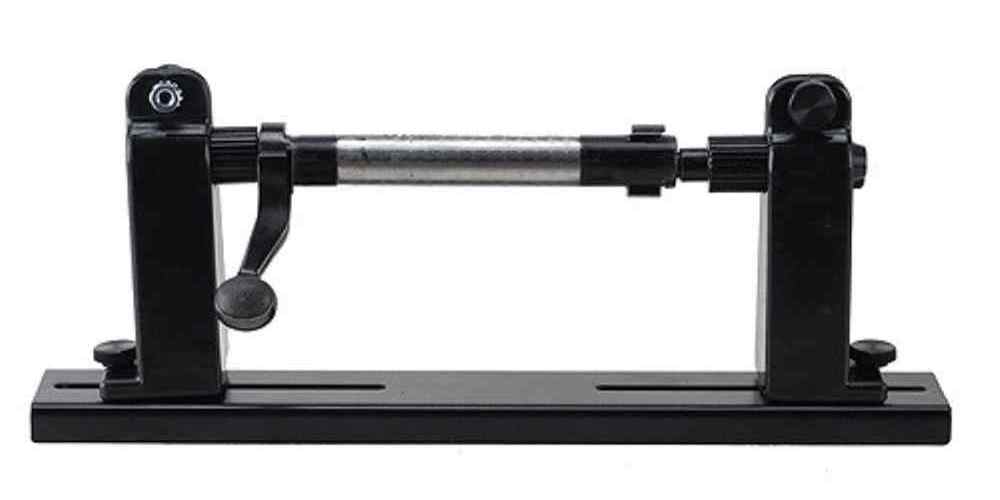
The Impact of Bolt Quality on Long-Range Shooting Precision
Precision Performance: The Importance of Bolt Quality in Rifles
In the world of long-range shooting, precision is paramount. Every component of a rifle contributes to its overall accuracy, but few parts play as critical a role as the bolt. The bolt is the heart of a rifle’s action, and its quality can have a profound impact on a shooter’s ability to hit distant targets with consistency. Understanding the intricacies of bolt design and manufacturing can illuminate why seasoned marksmen place such a high value on this seemingly simple piece of metal.
Firstly, the bolt’s primary function is to facilitate the chambering, locking, firing, extraction, and ejection of cartridges. This multi-stage process demands precision engineering to ensure that each step occurs seamlessly. A high-quality bolt is machined to exacting tolerances, ensuring a snug fit within the rifle’s action. This tight fit minimizes play and movement, which can otherwise introduce variables that detract from accuracy. Moreover, a well-crafted bolt provides a consistent alignment between the cartridge, chamber, and barrel, which is essential for maintaining the bullet’s trajectory.
Furthermore, the material from which a bolt is made significantly influences its performance. Premium bolts are typically constructed from high-grade steel, which offers superior strength and resistance to wear. This durability is crucial, as the bolt faces intense pressure and friction each time the rifle is fired. A bolt that can withstand these forces without deforming ensures that its precision characteristics remain intact over time, providing the shooter with a reliable tool for long-range engagements.
Additionally, the surface finish of a bolt is not just about aesthetics; it plays a functional role as well. A finely polished bolt reduces friction as it moves within the action, allowing for a smoother bolt throw. This smooth operation is particularly beneficial when a shooter needs to cycle the action quickly, such as in a competitive setting or while tracking a moving target. A bolt that operates with minimal resistance also reduces the shooter’s tendency to introduce lateral forces that can misalign the action and affect shot placement.
The locking lugs on the bolt are another critical feature. These lugs must lock into the receiver with precision to withstand the high pressures generated upon firing. Any inconsistency in the lugs’ fit can lead to a loss of accuracy, as the bolt may not return to the exact same position after each shot. High-quality bolts have lugs that are lapped to the receiver, ensuring a perfect mating surface that contributes to the rifle’s repeatability and, consequently, its accuracy.
In the realm of long-range shooting, where every millimeter counts, the importance of a quality bolt cannot be overstated. It is the linchpin that holds the delicate balance of precision mechanics together. A bolt that is meticulously engineered and crafted will provide the shooter with the confidence that their rifle will perform as expected, shot after shot. It is this level of reliability and precision that separates the exceptional from the mediocre, allowing marksmen to push the boundaries of their skills and equipment.
In conclusion, the bolt is more than just a component; it is the foundation upon which long-range shooting precision is built. Investing in a high-quality bolt is not just an expenditure; it’s an investment in performance. As shooters continue to pursue ever-greater levels of accuracy, the bolt will remain a focal point of innovation and craftsmanship, driving the evolution of precision rifles and the sport of long-range shooting itself.
Bolt Manufacturing Techniques: Ensuring the Highest Performance in Rifles
Precision Performance: The Importance of Bolt Quality in Rifles
In the world of firearms, particularly rifles, the bolt is a critical component that plays a pivotal role in the precision and performance of the weapon. As the heart of the rifle’s action, the bolt not only handles the feeding, locking, firing, and ejection of cartridges but also significantly influences the rifle’s accuracy and reliability. Consequently, the manufacturing techniques employed in creating bolts are of paramount importance, as they must ensure the highest performance standards are met.
The journey of a bolt from raw material to a precision-engineered component is a testament to the advancements in manufacturing technology. Initially, the selection of materials sets the stage for quality. High-grade steel alloys are typically chosen for their strength, durability, and resistance to wear and corrosion. These materials must withstand the immense pressures and stresses experienced during firing, which is why meticulous attention to detail is required from the outset.
Once the appropriate material is selected, the process of shaping the bolt begins. Precision machining is the cornerstone of bolt manufacturing, where Computer Numerical Control (CNC) machines play a crucial role. These sophisticated machines offer unparalleled accuracy, allowing for the creation of bolts with extremely tight tolerances. The precision of CNC machining ensures that each bolt’s dimensions are consistent, contributing to the rifle’s repeatability and accuracy.
Furthermore, heat treatment processes are applied to enhance the mechanical properties of the bolt. Techniques such as case hardening or nitriding are used to increase surface hardness, fatigue strength, and resistance to galling. This is particularly important for the locking lugs of the bolt, which must engage securely with the rifle’s receiver to ensure a safe and consistent lockup every time the rifle is fired.
After heat treatment, the bolt undergoes additional finishing processes. These may include grinding, polishing, and coating, which not only improve the bolt’s aesthetics but also its functionality. For instance, coatings such as black oxide or physical vapor deposition (PVD) can reduce friction, protect against corrosion, and facilitate smoother cycling of the bolt action.
Quality control is an integral part of the manufacturing process, ensuring that each bolt meets stringent performance criteria. This involves a series of inspections and tests, including dimensional checks, metallurgical analysis, and even live-fire testing in some cases. Manufacturers employ various non-destructive testing methods, such as magnetic particle inspection or ultrasonic testing, to detect any internal flaws or inconsistencies that could compromise the bolt’s integrity.
The culmination of these meticulous manufacturing techniques is a bolt that delivers exceptional performance. A well-crafted bolt ensures that the rifle operates smoothly, reliably, and with the precision that shooters demand. It is the harmonious interaction between the bolt and the rifle’s other components that allows for tight groupings on the target and consistent performance under various conditions.
In conclusion, the quality of a rifle’s bolt is not merely a matter of component integrity but is a fundamental aspect that defines the rifle’s overall performance. Through advanced manufacturing techniques, rigorous quality control, and a relentless pursuit of perfection, manufacturers are able to produce bolts that meet the exacting demands of marksmen, hunters, and tactical professionals alike. It is this dedication to precision performance that makes the bolt not just a piece of metal, but the linchpin of a rifle’s accuracy and reliability.
The Relationship Between Bolt Tolerance and Rifle Consistency
Precision Performance: The Importance of Bolt Quality in Rifles
In the world of firearms, particularly rifles, precision is paramount. Whether for competitive shooting, hunting, or tactical applications, the accuracy of a rifle is often the difference between success and failure. One critical component that plays a significant role in a rifle’s precision is the quality of its bolt. The bolt is the heart of a rifle’s action, and its quality directly influences the firearm’s performance. Understanding the relationship between bolt tolerance and rifle consistency is essential for anyone seeking to optimize their shooting experience.
Bolt tolerance refers to the degree of precision with which the bolt fits and operates within the rifle’s action. A bolt with tight tolerances will have very little play, ensuring that it aligns perfectly with the bore of the barrel each time it is locked into place. This consistency is crucial because even the slightest misalignment can lead to significant deviations in the bullet’s trajectory, ultimately affecting the rifle’s accuracy.
Moreover, the quality of the bolt affects the rifle’s repeatability, which is the ability to maintain consistent performance over successive shots. A high-quality bolt with tight tolerances ensures that the action operates the same way every time the rifle is fired. This repeatability is particularly important for competitive shooters who rely on their rifle to perform consistently under varying conditions and over the course of multiple rounds.
The materials used in bolt construction also play a vital role in its performance. Premium-grade steel or other durable materials are often used to withstand the pressures and stresses of firing. These materials must be machined to exact specifications to ensure that the bolt’s dimensions are precise and that it maintains its structural integrity over time. Additionally, the surface finish of the bolt can affect its operation; a smooth finish allows for better movement within the action and reduces the likelihood of binding or other malfunctions.
Furthermore, the interaction between the bolt and the cartridge is another aspect where quality is of the essence. The bolt’s face must make a solid and consistent contact with the cartridge base, ensuring a reliable ignition and efficient transfer of energy. Any inconsistency in this area can lead to misfires or variations in muzzle velocity, which again detracts from the rifle’s accuracy.
The precision with which a bolt is manufactured also impacts the ease of maintenance and the longevity of the rifle. A well-made bolt can be disassembled, cleaned, and reassembled with minimal effort, maintaining its performance over time. Conversely, a bolt with poor tolerances may become difficult to operate after extensive use, requiring more frequent maintenance or even replacement.
In conclusion, the quality of a rifle’s bolt is a fundamental factor in its overall performance. Tight bolt tolerances ensure proper alignment with the barrel, contributing to the rifle’s accuracy and consistency. The materials and craftsmanship that go into making a bolt determine its durability and reliability, which are essential for any shooter looking to achieve precision performance. As such, when evaluating a rifle for purchase or when considering upgrades, the bolt should be a primary focus. Investing in a high-quality bolt is not just about immediate results; it’s about ensuring that every shot counts, time after time.
Advanced Materials for Rifle Bolts: Enhancing Durability and Precision
Precision Performance: The Importance of Bolt Quality in Rifles
In the world of firearms, particularly rifles, the bolt is a critical component that plays a pivotal role in the precision and reliability of the weapon. As the part responsible for chambering rounds, locking them in place, and then extracting spent cartridges, the bolt must function flawlessly under a variety of conditions. Advanced materials have become increasingly important in the manufacturing of rifle bolts, as they enhance both durability and precision, ensuring that shooters can rely on their equipment when it matters most.
Traditionally, rifle bolts have been made from high-grade steel, which offers a good balance of strength and toughness. However, as shooting sports, hunting, and military applications evolve, the demand for materials that can provide superior performance has grown. Advanced materials such as titanium, high-strength alloys, and even specialized ceramics are now being used to push the boundaries of what rifle bolts can achieve.
Titanium, for instance, is renowned for its high strength-to-weight ratio. This makes it an ideal choice for rifle bolts, as it reduces the overall weight of the firearm without compromising the bolt’s integrity or performance. The lighter weight of titanium bolts can significantly improve the handling of the rifle, allowing for quicker follow-up shots and less shooter fatigue during extended periods of use. Moreover, titanium’s resistance to corrosion ensures that the bolt will maintain its precision even in harsh environments.
High-strength alloys, such as those containing nickel, chromium, molybdenum, or vanadium, offer enhanced wear resistance and can withstand the extreme pressures and temperatures generated during firing. These materials are engineered to maintain their dimensional stability, which is crucial for maintaining tight tolerances and ensuring consistent cycling of the bolt. The result is a bolt that operates smoothly and reliably, shot after shot, contributing to the overall accuracy of the rifle.
Ceramics, while less common, are beginning to make their mark in the realm of rifle bolt construction. Ceramic coatings can be applied to metal bolts to reduce friction and wear, leading to a longer service life and improved performance. These coatings can also provide a self-lubricating surface, which is particularly beneficial in dusty or sandy conditions where traditional lubricants might attract debris and cause malfunctions.
The precision machining of these advanced materials is just as important as the materials themselves. Computer numerical control (CNC) machining allows for the creation of bolts with extremely tight tolerances, ensuring that each component fits perfectly and functions as intended. The use of advanced manufacturing techniques also allows for the incorporation of features such as fluting, which reduces weight and can aid in cooling the bolt, further enhancing performance.
In conclusion, the quality of the bolt is a fundamental factor in the precision performance of rifles. The adoption of advanced materials in the construction of rifle bolts represents a significant step forward in firearm technology. These materials not only improve the durability and longevity of the bolt but also contribute to the overall accuracy and reliability of the rifle. As shooters continue to seek out the best possible performance from their firearms, the importance of these advanced materials in the design and construction of rifle bolts cannot be overstated. With the right combination of material selection and precision engineering, rifle bolts will continue to meet and exceed the demands of modern shooting disciplines.



